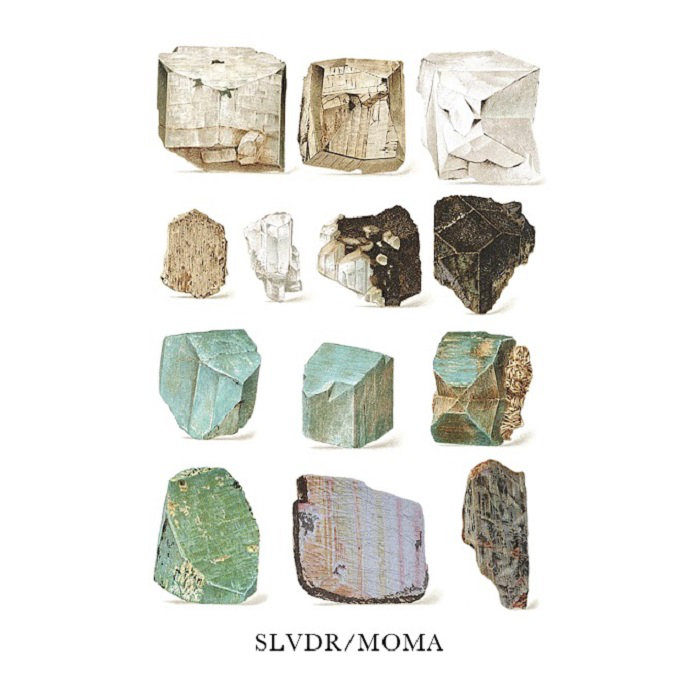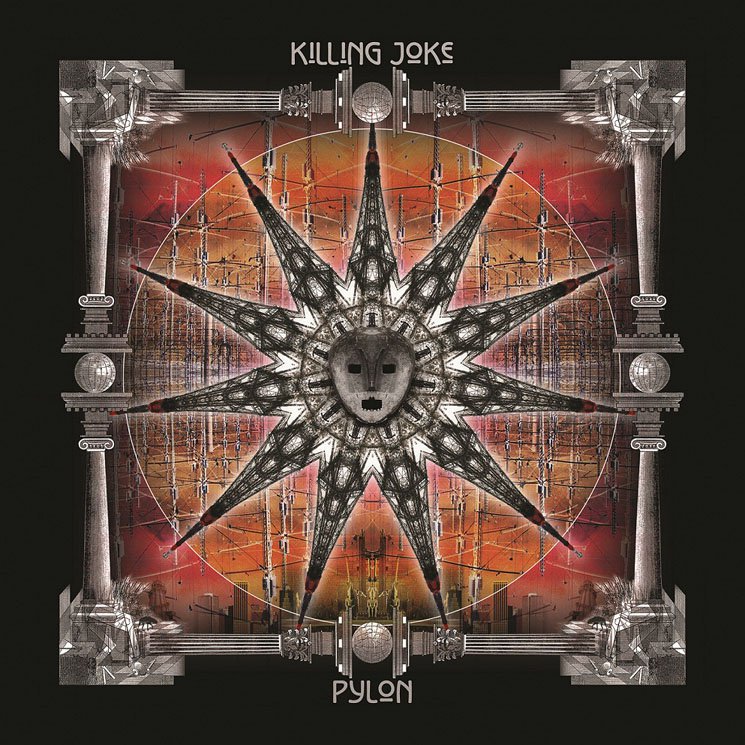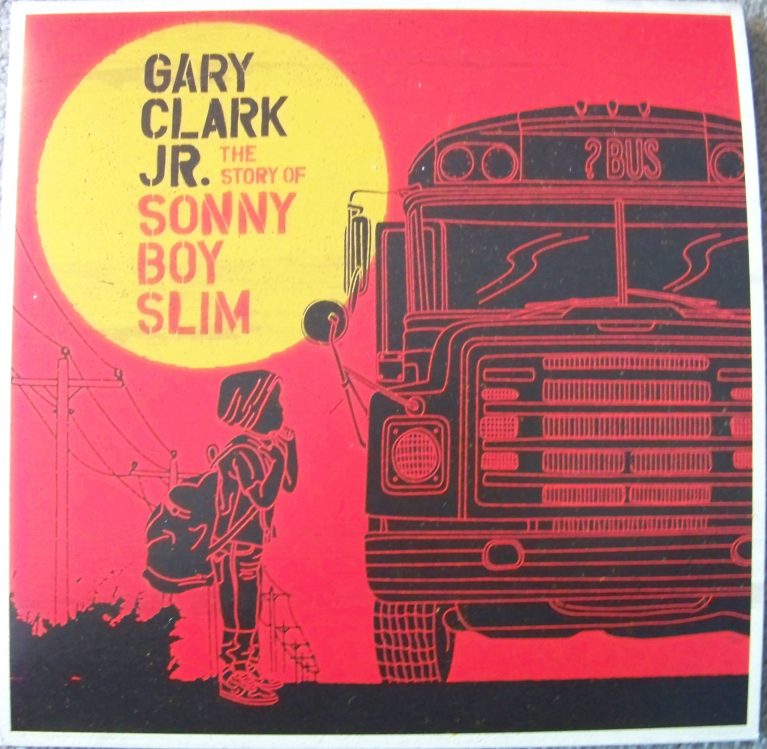The strength of a musical community runs only as deep as the dedication people have to support the music contained within it. And no, I’m not talking about how many people go to your local show or how many likes you have on Facebook, I’m talking about the group of musicians and creative individuals who define your music scene. The interconnectivity between bands and healthy competition that results in pushing each other’s limits is what makes a music scene great. I think we all understand that something happened to live music when the internet killed the same video star that killed the radio star. A lot of things have changed and perhaps made it harder to build a thriving local music scene in this day in age. It’s really easy to complain about this and yearn for the “good old days”, but I think we also all realize that while technology may be removing some physical human interaction, the benefits or digital human interactions can lead to some great musical coalescence.
I’ve always wanted to start a small, independent record label. And whenever I’ve felt inspired to do so I am quickly yanked back to reality by the consequences. Small labels are all hard work with little to no monetary pay off. We’ve all heard of crimes of passion, well, small record labels are definitely labors of passion. It may even require some level of insanity to start your own small label. But these labels are the ones who make life easier for those of us interested in finding new, underground music. And when a few small labels join forces from separate areas of the world to bring bands together from opposite ends of the world, we get a remarkable split featuring Rio de Janeiro’s SLVDR and Japan’s MOMA. The logistical feat in bringing these bands together is both commendable and a fantastic testament to the importance of connectivity and interaction in the musical world of the lesser known.
Released by Ohio labels Tightwolf Records and Delayed Gratification Records along with Norway’s Kakusan Records, this three song split is definitely worth listening to more than once. We’ve all heard the old adage that music is the universal language. If any actual language barrier exists its is quickly demolished by the musical work of SLVDR and MOMA. Dubbed “post-math” by some, this roughly thirteen minute split moves very quickly. I’m a fan of instrumental, post-rock music, but I tend to lean more towards the cinematic, drawn out styles as opposed to the quick-moving, math-centered instrumentals. Because the word “math” is in the genre titled, I just assumed I would have to think too much, but both SLVDR and Moma do an impeccable job of luring you in and letting you lose yourself in the music.
SLVDR kicks the record off with their song ‘Mike 80‘ and I was immediately impacted by the drumming prowess. Being the foundation of essentially every musical endeavor, if the drums lack in discipline the result is a horrible recording. I’ve engineered several recording sessions with a less than competent drummer, and you can immediately tell that the ship is set to sink when the drummer is unable to squeeze a fill in or is trying too hard to do as much as he can. SLVDR does a lot in very small time frame, but they pull it off beautifully. Being fairly new to this off shoot of the “post” movement there are several sections of drumming that I just haven’t heard before. I’m not weathered or versed enough to call it innovative but it is absolutely impressive and is definitely the selling point for me and one of the reasons I decided to review this split.
Like the drums, the guitar bass work is exceptional. The use of modulating effects is calculated and not over done and beautifully lends itself to filling out SLVDR’s sound which can be difficult to obtain as a three-piece. I’m a sucker for hooks and the guitar work grabs me for the first time when the band goes heavier at about the 1:30 mark. Overdriven and straight forward, the simplicity of this section stuck in the midst of ever changing and evolving lines is fantastic songwriting. These guys are totally capable of filling up a full length with complex time and key changes but taking moments to simplify and grab the ear of the less math inclined enthusiast, like myself, is laudable. Following a crescendo of gritty guitar and heavy drumming, SLVDR ends with a chaotic math infused outro that ends abruptly, giving way to the piano driven excellence of MOMA.
Japan’s MOMA catches you from the beginning with relaxing piano lines that carry and define their song writing. Beneath the beauty of the piano lies a solid rhythm section that incorporates numerous time changes and complexities within the music without overpowering or taking away from the gracefulness of the piano. Initially, I didn’t even notice how frequently MOMA was moving from one time signature to another. They are truly masters of exploring every opportunity to add or remove a beat here and there while still maintaining an easy to digest sound.
Through the first song entitled “32 Ave“, the guitar work takes more of a backseat to the piano and only adds in a few nicely worked flourishes here and there. This is not something that is easy to do for many guitar players. Understanding simplicity and seeing the song as a whole is to some a natural gift, but to others it takes years of practice. Allowing the piano to dominate the melody in “32 Ave” gives the song a gentle, easy-listening quality that works very well for me.
MOMA was able to fit a second song onto this split called “SUN“. This song allows the listener to hear the playing ability of both the guitar and the bass while still getting a pleasing dose of fantastic piano melodies. The ability to carefully place a bunch of notes into a small space is a profound skill I’m not sure I will ever understand. However, like SLVDR, MOMA does this very well and nothing seems too full or overdone.
While album reviews tend to focus solely on the band or bands involved, I feel it is important to acknowledge the work by the labels involved in putting this split together. I applaud the effort in bringing two bands from different corners of the world together. The internet has made this task fairly straight forward but the idea to pursue this split and the trust these labels have earned is remarkable. For SLVDR and MOMA to toss these labels a song or two and trust that they will nourish and maintain the integrity of their art says an awful lot about these small labels from Ohio and Oslo.
Take a minute or two out of your day and go check out both the music on this split and the great packaging decisions between the three labels.
C.J. Blessum










